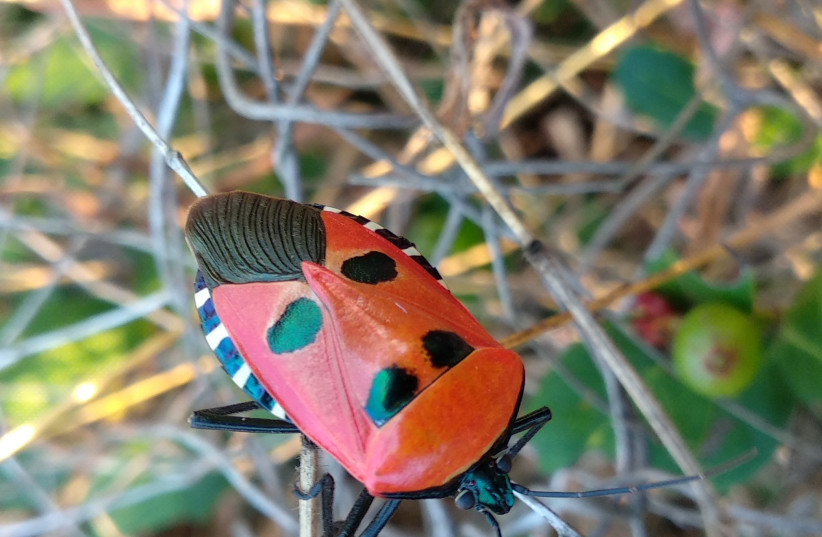An insect native to India has recently garnered national media attention for its nickname, "Hitler," and its resemblance to the caricatured face of the infamous Adolf Hitler.
The creature, whose proper Latin name is Catacanthus Incarnatus, kicked off a trend of naming bugs after famous people, according to a recent report from The New Indian Express. The publication first wrote about the "Hitler" bug in November 2022, and since then several other bugs have been nicknamed according to their resemblance to various Bollywood personalities.
A truly foul odor
Aside from bearing a resemblance to Hitler, the "Hitler" bug also gives off a deeply unpleasant smell. As is typical of stink bugs, the "Hitler" bug emits a foul odor as a defense mechanism against predators.
According to the Express, the bugs are notorious pests, gathering en masse to attack fruits, cotton, corn, soybean and cashew tree crops.
Approval from the scientific community
Students and researchers, according to The New Indian Express, have welcomed the trending bug names because it generates interest in their field and makes it easier for people to identify different insects.

Researchers Sangamesh Kadagad and Manjunath Nayak told the Express, “We have been naming the bugs to help junior researchers easily identify them. We first tell them scientific names and then select names of legends. Now, students are easily remembering the names of the specimen. We have also named some bugs after famous politicians and cricketers based on their looks and morphology, but are yet to finalize them.”
